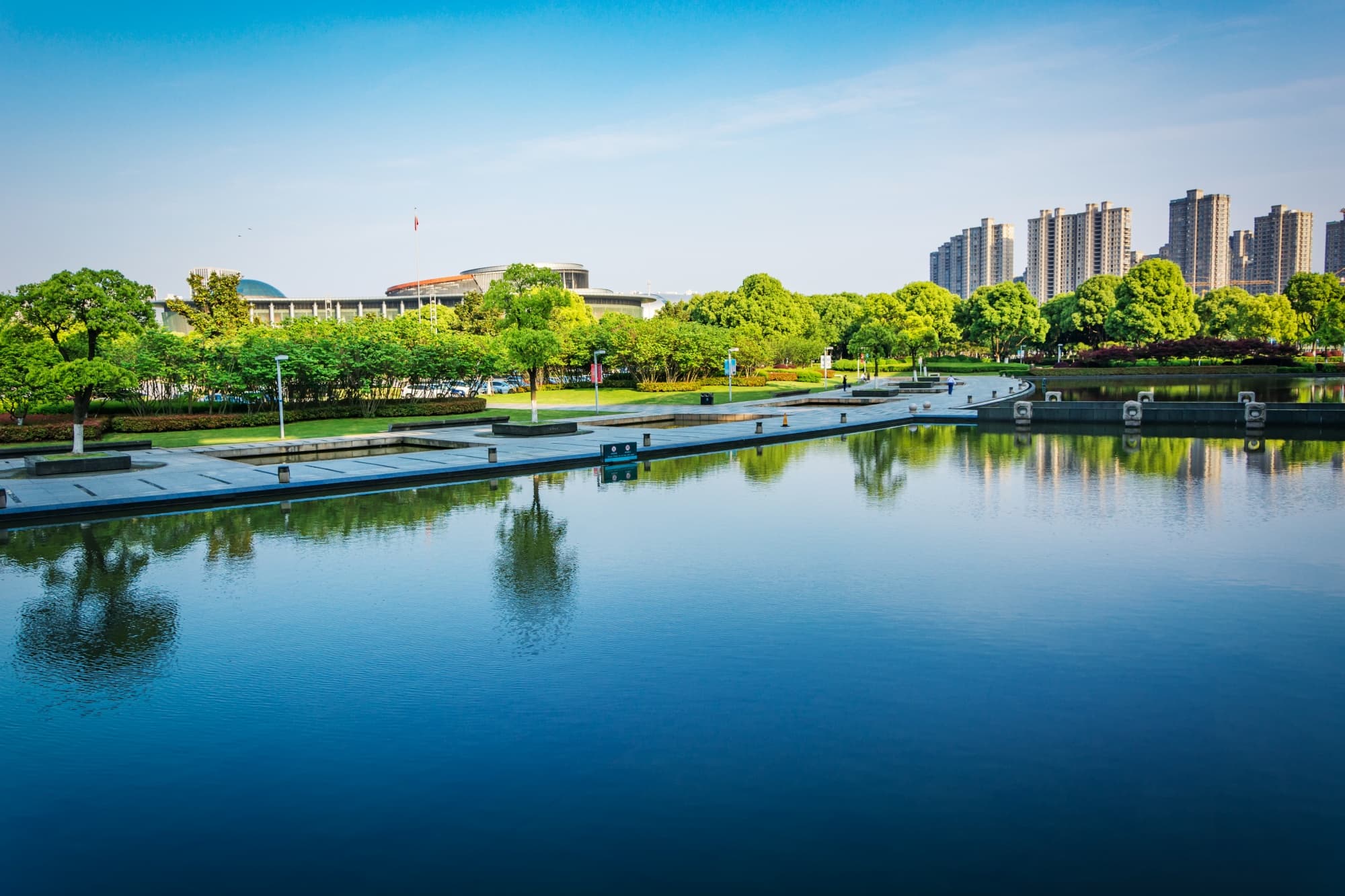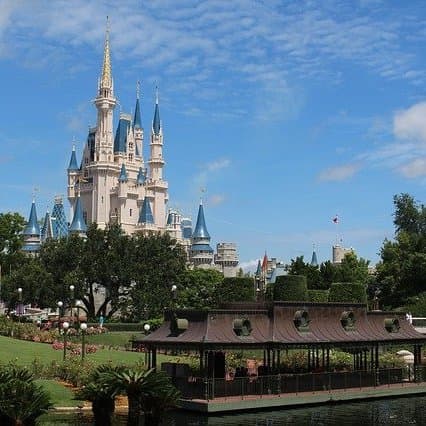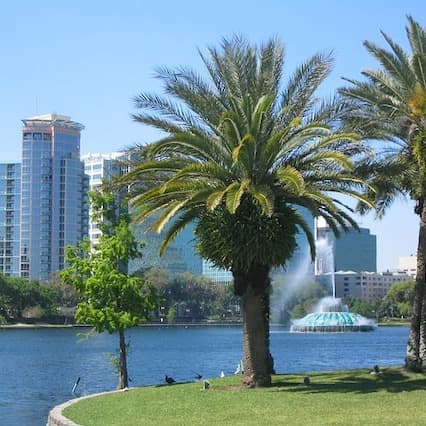Orlando: History, Economy, Demographics, Disney...
Looking for more information about the Orlando area? You've come to the right place! Many of FABCO's members have spent years learning the ins and outs of Orlando's unique market. Let us fill you in and provide you with an overview of the area, from its history to current demographics.
Of course, we can't discuss Orlando's economy without mentioning the major impact of Disney and other theme parks. In fact, Disney employs about 12% of people in the area and produces almost 9% of the gross regional product, making them a major player and driving force in the local market.
The History of Orlando
Orlando developed in several distinct phases. Originally there was a military fort, Fort Gatlin, which was established in 1838. A community soon began to grow around it for protection in the midst of the war against the native Seminole Indians. The first post office was established in 1850 and the name Orlando appeared in 1857. The city of Orlando was officially born in 1875 with a whopping 85 inhabitants!
Very quickly, the city developed around the main activity, the culture of citrus, especially oranges. As the seasons went by, good or bad (including a very bad one in 1894 when the citrus trees froze, ruining many families), the city expanded.
The Orlando area also rose in desirability as a tourist destination due to its climate and proximity to the ocean until the late 1920s, when the Great Depression affected the city as it did the rest of Florida and the United States.
During World War II, and until the end of the 1960s, Orlando was associated with US Air Force military bases and thus, by extension, with the aviation industry (mainly military).
The Greater Orlando Area had a recorded population of 200,000 in 1960.
In 1965, a major event took place that would transform Orlando and its future: that year, Walt Disney announced that he had purchased 123 km2 of land to build Walt Disney World Resort. Construction lasted from 1965 to 1971, and the park opened on October 1, 1971.
In 1971, the population of Greater Orlando was 331,000. 10 years later it was recorded at 609,000, and today, it's exploded to 1,964,000, with more growth to come.
Unfortunately, one cannot recall the history of Orlando without mentioning the Pulse nightclub massacre that killed 50 people in the LGBT community on June 12, 2016. In 2021, the site of the tragedy was officially designated by Congress as the National Pulse Memorial, with plans to construct a museum well under way.
Orlando's Economy
A city that has a healthy economy, a diverse fabric, is a great city to live, work, and invest in.
This is clearly the case in Orlando. The main activities are industrial, with primarily aviation (Lockheed Martin, Boeing, Delta, GE ...), but also research with a huge park around the University of Central Florida films, television and media health with, among others, the hospital and university complex of Lake Nona. Of course, tourism is another major area industry, with the parks Disney, Universal, and SeaWorld. Conventions bring many more visitors to the city, with the Orange County Convention Center (200,000 m2) which puts Orlando in the top three cities for conventions, alongside Las Vegas and Chicago.

The unemployment rate in Orlando is fluctuating, as it is in the rest of the United States. In recent years, it peaked in 2010 at 11% and dropped to 2.7% in November of 2019. At the moment of writing, inevitably, the impact of Covid is felt and it is around 15%, but as the theme parks reopen, it should fall sharply, as they represent a large part of the employed population.
This multitude of activities means that Orlando is not solely dependent on any one industry. This means that Orlando is a great choice for a city to live and work in, as the economy is relatively stable and likely to continue thriving in a variety of circumstances. You can feel secure planning a future in Orlando.
Why Join FABCO?
We would be very happy to welcome you as a member of the French-American Business Council of Greater Orlando and to help you develop your cross-Atlantic and International activity with our network of local knowledge.
Here are a few highlights that make us stand out.



